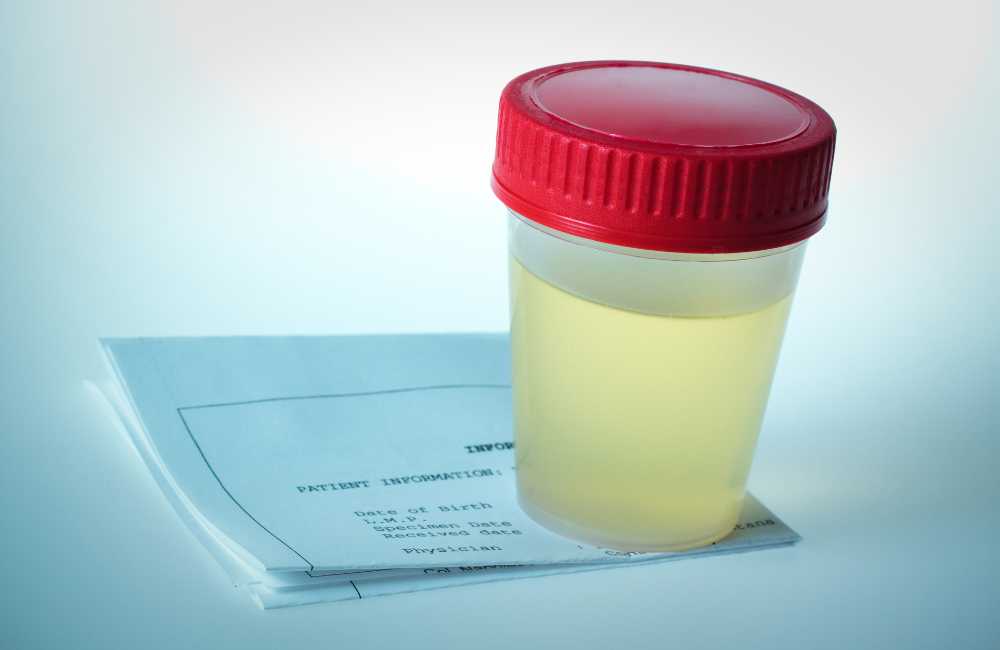Chlamydia is non-motile, intracellular bacteria that require the host cell to replicate and depending on a multitude of adaptive strategies overcome antibacterial responses and successfully establish infection.
It is one of the most common sexually transmitted infections (STIs). Because chlamydia often doesn’t cause symptoms, many people who have chlamydia are unaware of it and unknowingly infect other people.
Species That Cause Infections in Humans
The genus, Chlamydia has 12 species and 3 of them are responsible for human diseases:
-
Chlamydia trachomatis
Has 18 groups that are closely related with characteristic antigens that cause different infections viz:
-
- A, B, Ba, and C cause the eye disease trachoma- Chronic conjunctivitis that is characterized by exacerbations/remissions and a leading cause of preventable blindness. Also, Maternal transmission causes neonatal conjunctivitis.
- D through K cause sexually transmitted infections (STIs) localized to mucosal surfaces.
- Nongonococcal Urethritis
- Epididymitis in Men
- Cervicitis, Urethritis and Pelvic inflammatory disease(PID) in women
- Proctitis, LymphogranulomaVenerum(LGV) and reactive arthritis in both sexes
- L1, L2, and L3 cause STIs that lead to invasive lymph node disease (lymphogranuloma venereum).
-
Chlamydia pneumonia
This causes pneumonia (especially in children and young adults) and this can be clinically indistinguishable from pneumonia caused by Mycoplasma pneumonia.
In some patients with C. pneumonia, hoarseness, and sore throat may precede coughing, which may be persistent and complicated by bronchospasm.
This organism is implicated in outbreaks of Community-acquired pneumonia (CAP), particularly in people in closed populations (e.g., nursing homes, schools, military installations, prisons etc). No seasonal variations in occurrence have been observed.
-
Chlamydia psittaci
Human disease caused by this specie is usually acquired from psittacine birds (e.g., parrots), causing a disseminated disease characterized by pneumonitis. Outbreaks have occurred among workers who handle turkeys and ducks in poultry processing plants.
The Symptoms of Chlamydia
Chlamydia is often known as the “silent infection.” That’s because people with chlamydia may not experience symptoms at all. If a woman contracts the STI, it may take several weeks before any symptoms appear. Some of the most common symptoms of Chlamydia in women include:
- Painful sexual intercourse
- Vaginal discharge
- Burning sensation on urination
- Lower abdominal pain
- Inflammation of the cervix
- Inter menstrual bleeding
In some men, however, the most common symptoms of chlamydia in men include
- Burning sensation during urination
- Yellow or greenish discharge from the penis
- Lower abdominal pain
- Testicular pains

Diagnosis of Chlamydia
STIs caused by Chlamydia is best identified in genital samples using nucleic acid amplification tests (NAATs) because these tests are more sensitive than cell culture and have less stringent sample handling requirements.
NAATs for genital infection can be done using noninvasively obtained samples, such as urine or vaginal swabs obtained by the patient or clinician. Several commercially available NAATs have been approved for extragenital infections (e.g., those in the rectum or pharynx).
Serologic tests are of limited value except for diagnosing lymphogranuloma venereum (LGV) and psittacosis.
C. pneumonia is diagnosed by culture of respiratory tract specimens or by NAAT testing A primary clue to the diagnosis of C. psittaci infection is close contact with birds, typically parrots or parakeets. Diagnosis is confirmed by serologic tests. Culture is not generally available.
Chlamydia Screening
Because Chlamydia genital infection is so common and often asymptomatic or causes only mild or nonspecific symptoms (particularly in women), routine screening of asymptomatic people at high risk of STIs is recommended
People who should be screened include the following.
- Non-pregnant women (including women who have sex with women) are screened annually if they:
-
- Are sexually active and < 25 years of age.
- Have a history of a prior STI.
- Engage in high-risk sexual behaviour (e.g., have a new sex partner or multiple sex partners, engage in sex work).
- Have a partner who has an STI or engages in high-risk behaviour.
- Pregnant women
Pregnant women are screened during their initial prenatal visit; those < 25 years or with risk factors are screened again during the 3rd trimester.
- Heterosexually active men
They are not screened except in settings with a high prevalence of chlamydial infection, including adolescent or STI clinics, or at admission into correctional facilities.
- Men who have sex with men (MSM)
They are screened if they have been sexually active within the previous year:
-
- For insertive anal intercourse: Urine screen
- For receptive anal intercourse: Rectal swab
- For oral intercourse: Pharyngeal swab

Chlamydia Treatment
There are two main drugs of choice for chlamydial infections namely Azithromycin and or doxycycline. Uncomplicated lower genital tract infection is typically treated with one of the following oral regimens:
- A single dose of azithromycin 1 g.
- A 7-day regimen of doxycycline 100 mg 2 times a day.
- A 7-day regimen of some fluoroquinolones (e.g., levofloxacin 500 mg once a day).
When gonorrhoea is present with Chlamydia infection concurrent treatment for chlamydia is recommended.
Pelvic inflammatory disease, lymphogranuloma venereum, or epididymitis is usually treated with doxycycline for 10 days.
Screening and treatment of pregnant women is the most effective way to prevent neonatal infections. Also as part of the treatment, the following should be noted
-
Abstain from sex until your infection has cleared up
Starting treatment doesn’t mean a cure. Take all your medications as your provider directs, and avoid all sexual contact in the meantime.
-
Contact all sexual partners
Tell any sexual partners from the last 3 months that you’re infected so that they can get tested too.
-
Get tested for other STIs
It is common to have multiple STIs, and it is important to receive treatment that’s tailored to each infection.
Conclusion
While Chlamydia is a common and curable STI, it is still important to take precautions to prevent it, such as using a barrier method during sex.
It is possible to get chlamydia more than once. If left untreated can lead to more serious health conditions.

